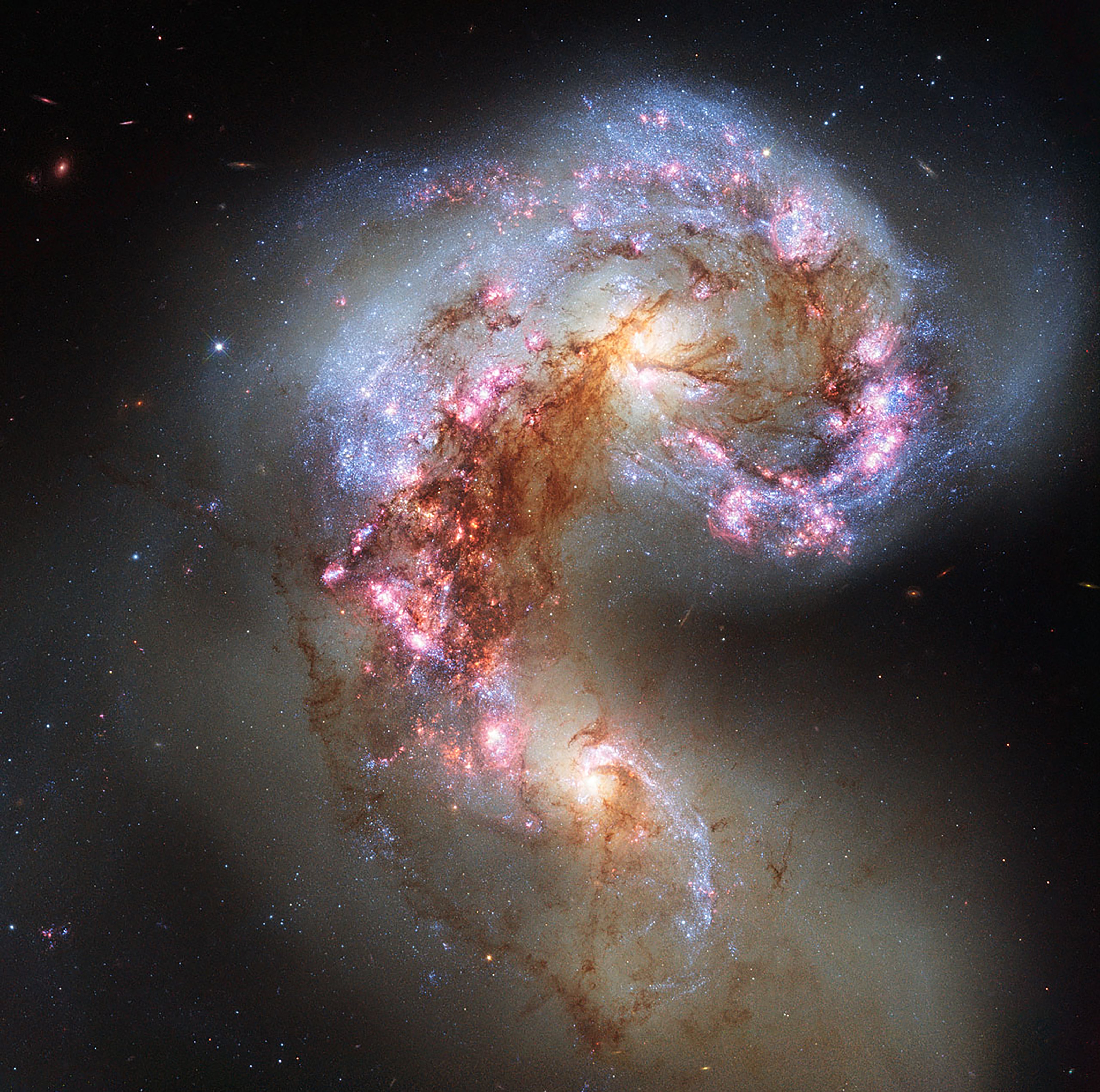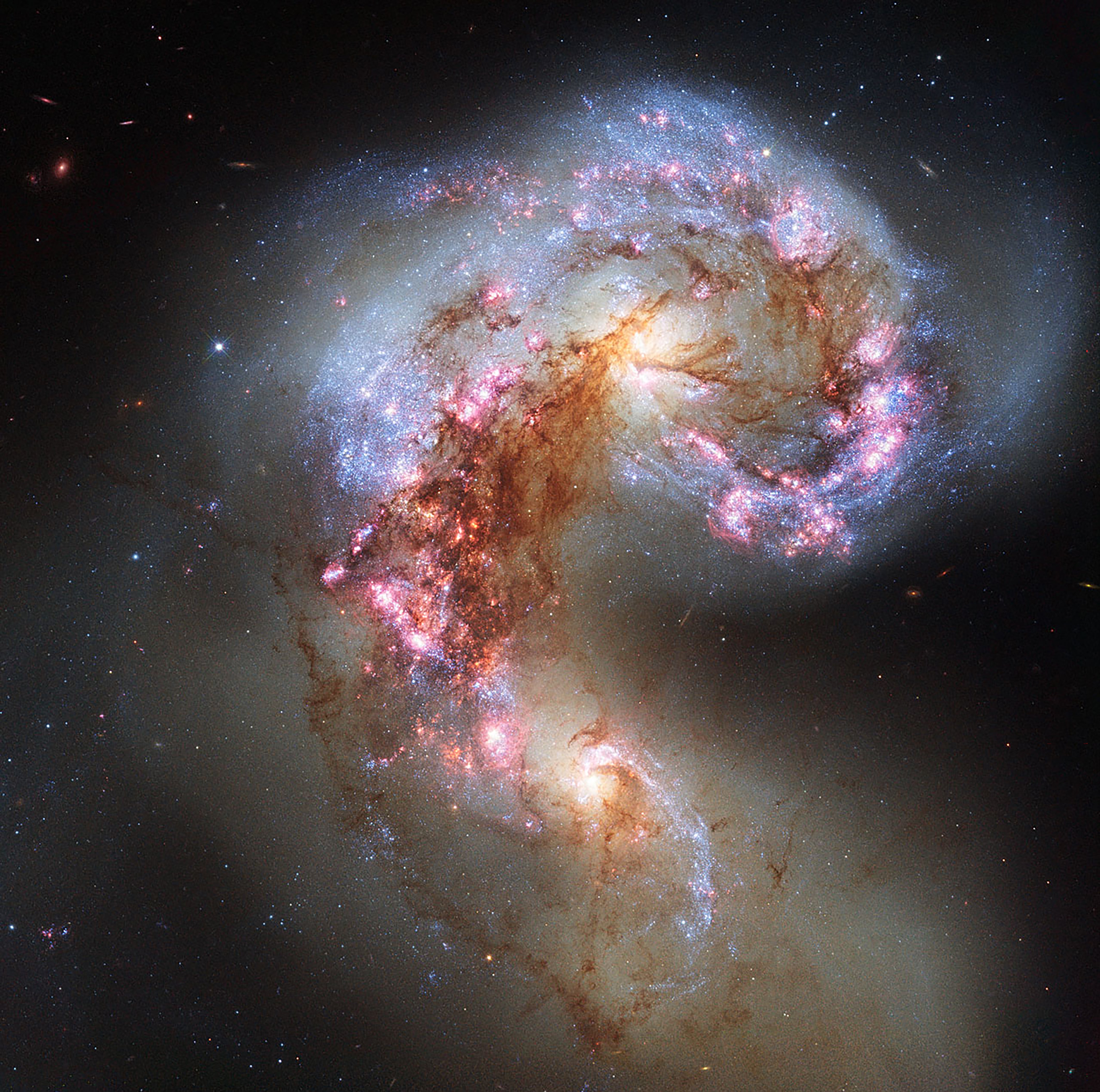An intergalactic mystery that stumped scientists for decades is close to being solved
How galaxies, which look similar to bulging footballs emerged, has been at the centre of research for decades

A new study could finally solve an ‘intergalactic mystery’ that has stumped scientists for years.
Galaxies crashing together 12 billion years ago could have caused the universe’s biggest galaxies to form, according to the new research.
Astronomers at the University of Southampton are hoping to solve what they are calling an “intergalactic mystery” of how elliptical galaxies were created up to 12 billion years ago.
How these galaxies, which look similar to bulging footballs compared with the flat disc of the Milky Way, emerged, has been at the centre of research for decades.
But Dr Annagrazia Puglisi has said in a paper published in the journal Nature that the team are now close to coming to an answer.
She said: “Two disc galaxies smashing together caused gas, the fuel from which stars are formed, to sink towards their centre, generating trillions of new stars.
“These cosmic collisions happened some eight to 12 billion years ago, when the universe was in a much more active phase of its evolution.
“Our findings take us closer to solving a long-standing mystery in astronomy that will redefine our understanding of how galaxies were created in the early universe.”

Working with the Purple Mountain Observatory in China and the Chinese Academy of Science, the team has analysed more than 100 star-forming galaxies in the distant universe using the world’s largest radio telescope, known as Alma, in Chile’s Atacama desert.
Study lead Dr Qing-Hua Tan, from the Purple Mountain Observatory, said that the research used a new technique which looked at the distribution of light emitted by distant and highly-luminous galaxies.
She said: “This is the first real evidence that spheroids form directly through intense episodes of star formation located in the cores of distant galaxies.
“Astrophysicists have sought to understand this process for decades.
“These galaxies form quickly – gas is sucked inwards to feed black holes and triggers bursts of stars, which are created at rates 10 to 100 times faster than our Milky Way.”
The scientists will now combine their findings with data taken from telescopes aboard the James Webb and Euclid satellites, and the Chinese Space Station, to map the stellar components of galaxies.
Dr Puglisi said: “This will give us a more complete picture of early galaxy formation and deepen our understanding of how the universe has evolved since the beginning of time.”
Join our commenting forum
Join thought-provoking conversations, follow other Independent readers and see their replies
0Comments